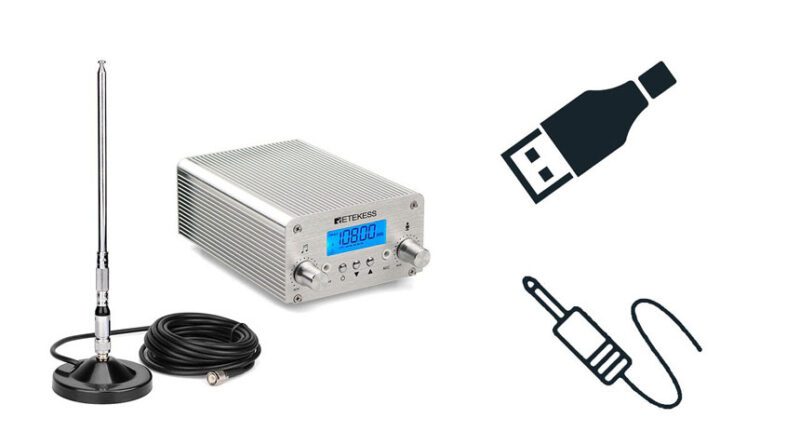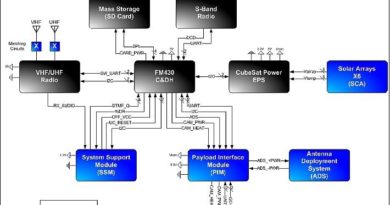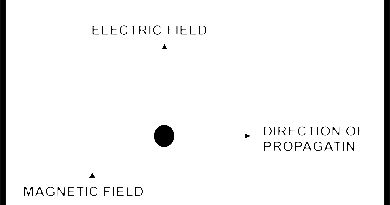Receiver Requirements for the FM Sound Signal
An FM receiver is a super heterodyne like a typical AM receiver. The fact that the signal is frequency-modulated does not affect the heterodyning, as the original frequency swing is maintained around a lower centre frequency corresponding to the IF sound carrier. The requirements for the sound section in television receivers. After the desired station has been selected by the tuner, the main functions are IF amplification of the FM signal, AM limiting to remove noise or interference, and detection to recover the audio signal from the frequency swings. The audio amplifier drives the loudspeaker. The circuit starts at the left with the inter carrier sound signal of 4.5 MHz. This is the second sound IF carrier frequency in all television receivers, for VHF and UHF channels and for color and monochrome. In color receivers, the 4.5-MHz sound converter is a separate diode detector that beats the 41.25-MHz sound IF signal S with the 45.75-MHz picture IF signal P to produce the difference frequency of 4.5 MHz for the inter carrier sound signal. Both the S and P signals are usually coupled into the 4.5-MHz converter from the last picture IF amplifier stage. In monochrome receivers, the video detector is generally used as the 4.5-MHz sound converter. Then the 4.5-MHz inter carrier sound signal is coupled from either the video detector or the video amplifier to the 4.5-MHz sound IF amplifier, without the need for a separate 4.5-MHz sound converter. This circuit arrangement is indicated by the dotted arrow into the sound IF amplifier. The 4.5-MHz sound IF signal is amplified to a level of several volts for the FM detector. This stage recovers the audio modulation from the frequency swings in the FM signal. Then the detected audio signal is amplified in the audio section to have enough output to drive the loudspeaker. The FM detector input is tuned to 4.5 MHz, the same as the output circuit of the sound IF amplifier. It is the tuned input circuit of the detector that can recognize the frequency variations in the FM signal.
It is important to realize the separate functions of the sound converter and FM detector stages. The sound converter produces the 4.5-MHz sound IF signal, but this is not the audio signal of 50 to 15,000 Hz needed by the audio amplifier. The 4.5-MHz signal has rf variations corresponding to the audio modulation. The purpose of having the 4.5-MHz signal is to obtain the advantages of inter carrier sound. However, the FM detector is needed to rectify and filter the 4.5-MHz inter carrier sound signal in order to recover the audio modulation.
IF Bandwidth
It may be of interest to note that the standard value is 10.7 MHz for the IF center frequency for the FM commercial broadcast band (88 to 108 MHz) in radio receivers. The IF bandwidth required is at least 150 kHz for the maximum frequency swing of ±75 kHz around 10.7 MHz. For the associated sound signal in television receivers, the required IF bandwidth is 50 kHZ, or more, for a maximum frequency swing of -±-25 kHz around 4.5 MHz. In both cases, though, the bandwidth needed for the FM signal is only a small percentage of the center frequency. This factor means that the IF tuned circuits can be aligned for maximum output at the intermediate frequency.
We can compare three examples to see ratio of IF bandwidth to the center frequency. For ± 75 kHz, or 150 kHz, around MHz, the ratio is 0.15 MHz/10.7 MHz, which Is 0.014 or 1.4 percent. For ±25 kHz, or z, around 4.5 MHz, the ratio is 0.05/4.5, h equals 0.011 or 1.1 percent. For the last example of an AM radio, which is considered a narrow band receiver, an IF bandwidth of Hz, or 10 kHz, is 2.2 percent of the 455-kHz mediate frequency.
FM Detector
An FM detector rectifies and filters the IF signal to recover the audio modulation, as in an AM detector. In addition, how the FM detector requires a tuned circuit t has different output voltages for frequency swings above and below center. In effect, the response of the tuned circuit converts the FM signal to amplitude variations, which are then rectified and filtered. The main types of FM detector circuits are the center-tuned discriminator, the ratio detector and the quadrature-grid detector are shown. They are all tuned to the center frequency.
Am Limiting
Probably the main feature of FM is that amplitude limiting can be used to eliminate AM interference. This is possible because limiting the amplitude variations does not distort the frequency variations of the FM signal. The function of AM rejection in the FM receiver is accomplished either by a separate limiter stage or by using an FM detector that does not respond to amplitude modulation. A limiter is an IF amplifier tuned to centre frequency, but with the dc operating voltages reduced so that the stage operates as a saturated amplifier. For specific applications, the discriminator as an FM detector requires a limiter to remove AM from the IF signal input; the ratio detector and quadrature grid detector do not use a limiter stage because these circuits are insensitive to AM in the FM signal.



